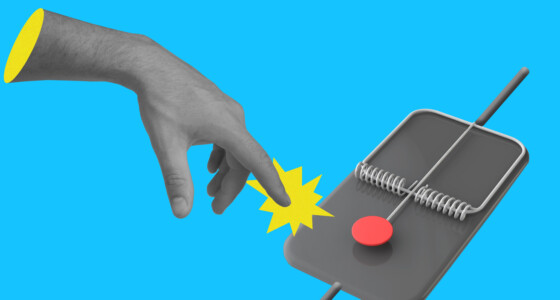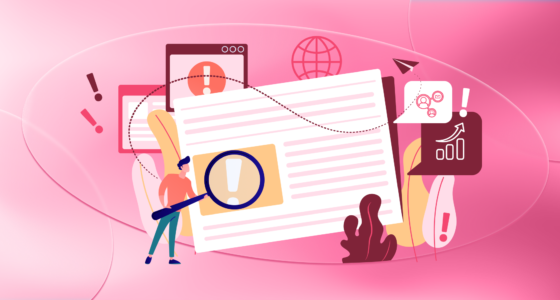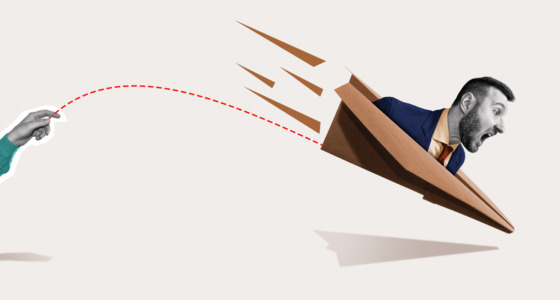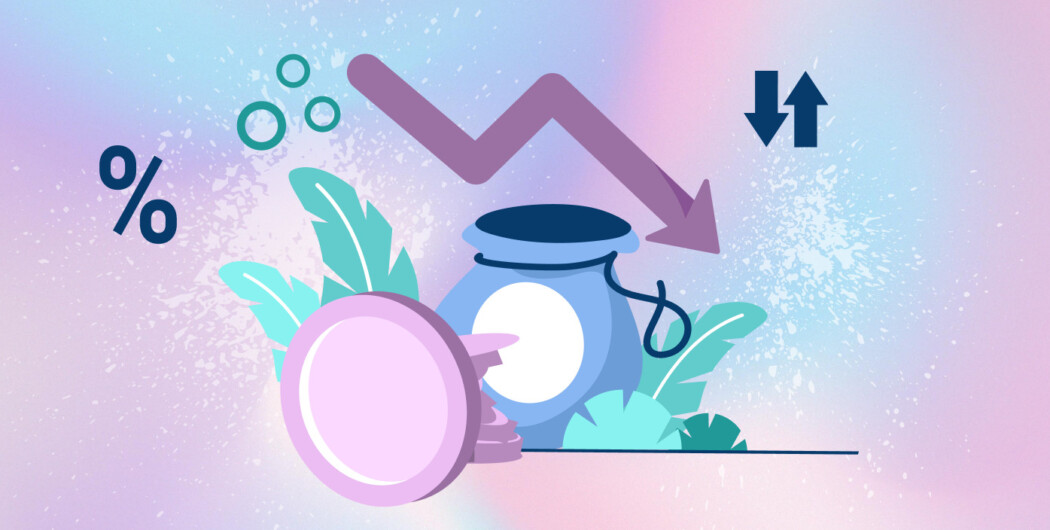

Back in 1993, you could get a banana for just a quarter — a snack that hardly made a dent in your pocket. But in 2023, that same banana might set you back a dollar or more. That’s regular inflation.
Now, lifestyle inflation doesn’t take nearly as much time; it can take hold almost instantly as your income improves. In fact, lifestyle inflation is like the chameleon of personal finance that adapts to your changing circumstances without you even noticing. Before you know it, you’re living a more extravagant lifestyle.
Approach this with your eyes wide open — here’s the complete lowdown on lifestyle inflation.
Lifestyle inflation: definition
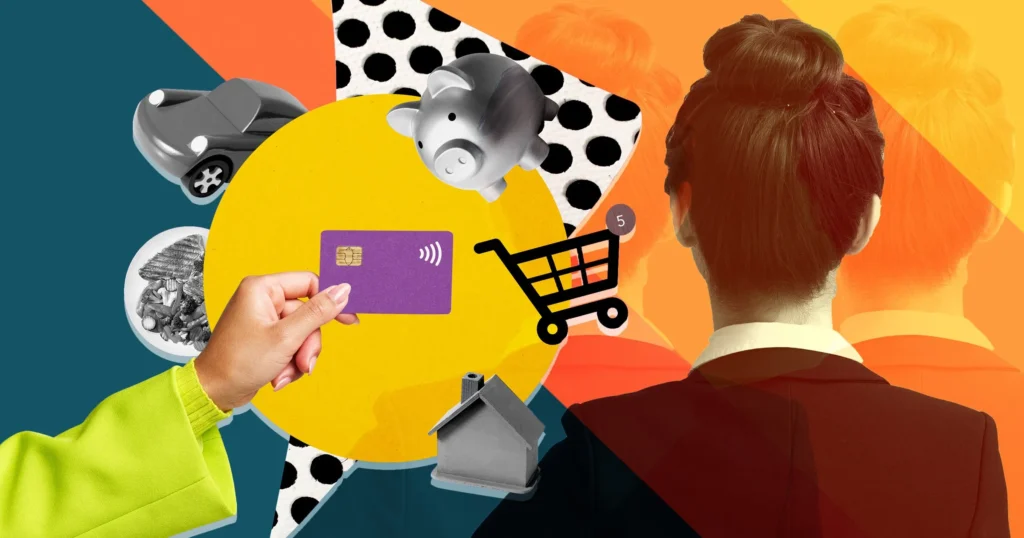
Lifestyle inflation, also known as lifestyle creep, happens when a person starts spending more money as their income goes up. Once lifestyle inflation takes over, the new cash gets spent as fast as—or faster than—it comes in. That leaves little room for financial growth or security.
Imagine you’re earning $45,000 a year, and then you get a raise to $60,000. Instead of saving or investing the extra money, you start spending it on things like eating out more often, moving to a fancier apartment, or buying more stuff.
The problem is, even though you’re making more, you’re not saving more. Your savings and retirement contributions stay the same because you’re using up all the extra cash.
Why lifestyle inflation happens
Lifestyle inflation happens for a few reasons. One common trigger, as already mentioned, is a raise or a better job. Similarly, it can even sneak in when you’ve paid off a loan. Once that monthly loan payment is history — whether it was for a car, student loans, or a mortgage — some people choose to splurge with the money that used to go to those payments.
Then there’s the whole keeping-up-with-the-Joneses thing, i.e., peer pressure and social comparisons. You see your friends or coworkers flaunting their new possessions, and it’s easy to feel like you need to join the club.
And let’s not underestimate the power of advertising. Ads are designed to entice consumers to buy products or experiences they didn’t even know they wanted.
Important note: enjoying a higher standard of living isn’t always a negative thing, provided it’s within your means. However, it’s crucial to remain conscious of the potential downsides.
Costs of lifestyle inflation: financial, emotional
When you start spending more as your income goes up, it might feel good initially, but it can come at a high cost.
Financially, it can derail your long-term goals. Those small indulgences and impulse buys might seem harmless, but they add up over time. Suddenly, saving for retirement, paying off debts, or investing for the future becomes a bigger challenge. Your hard-earned money that could have been working for you is instead going towards maintaining a fancier lifestyle.
Emotionally, lifestyle inflation can lead to stress and anxiety. You become dependent on that higher income to support your new spending habits. The fear of losing that lifestyle can weigh heavily on your mind, causing anxiety and sleepless nights. Plus, this dependence makes it tough to adapt to unexpected changes like job loss or economic downturns.

Warning signs of lifestyle creep
Watch out for these:
- Stagnant savings — If your savings haven’t grown despite getting raises or bonuses, it’s a red flag. It suggests you’re spending all the extra money instead of saving.
- Increased spending across the board — Lifestyle creep means spending more in many areas. You might find yourself dining out frequently, buying pricier gifts, taking extravagant vacations, or joining numerous memberships because you feel you can afford it.
- Lack of budgeting — Not tracking where your money goes makes it easier for lifestyle inflation to sneak in. Without a budget, you’ll probably overspend, not even realizing the impact on your finances.
- Feeling out of control — If you’re stressed about checking your bank balance or regretting your spending choices, it’s time to take a pause. You need to regain control before your finances spiral out of hand.
Tips and strategies to avoid or mitigate lifestyle inflation

Don’t worry; you won’t need to nitpick your daily expenses. Let’s focus on significant decisions, such as:
- Being cautious with fixed expenses — Think twice before taking on new fixed expenses, like a pricier car or a bigger house. Fixed expenses leave little room for flexibility in case of financial challenges.
- Gradual changes — Don’t make sudden lifestyle changes when you get a pay raise. Celebrate modestly at first. Once the excitement settles, assess how it affects your budget.
- Controlling impulse buys — Avoid impulsive purchases just because you have more money. Create a wishlist and revisit it after a set time, and if you still want the item, consider buying it.
- Prioritize savings and debt — Build an emergency fund and maintain retirement savings before increasing lifestyle expenses.
- Automating savings — Set up automatic transfers to savings on payday to prevent overspending.
- Financial education — Invest time in learning about personal finance and investments. The more you understand they work, the better equipped you’ll be to resist lifestyle inflation.
Conclusion
While earning more money is a great achievement in your financial journey, it’s better to remain vigilant about the potential pitfalls of lifestyle inflation. Don’t let it steer your course away from lasting financial stability. In many cases, prioritizing your financial future and your personal goals is more fulfilling than giving in to costly spending.
Lastly, don’t forget to treat yourself occasionally, but always maintain a balance in your financial decisions. Actually, this advice applies just as well to your Binomo trading journey.
Sources:
What is ‘lifestyle inflation’ and how does it limit wealth? The Week
Understanding lifestyle creep — and how to avoid it, Business Insider


